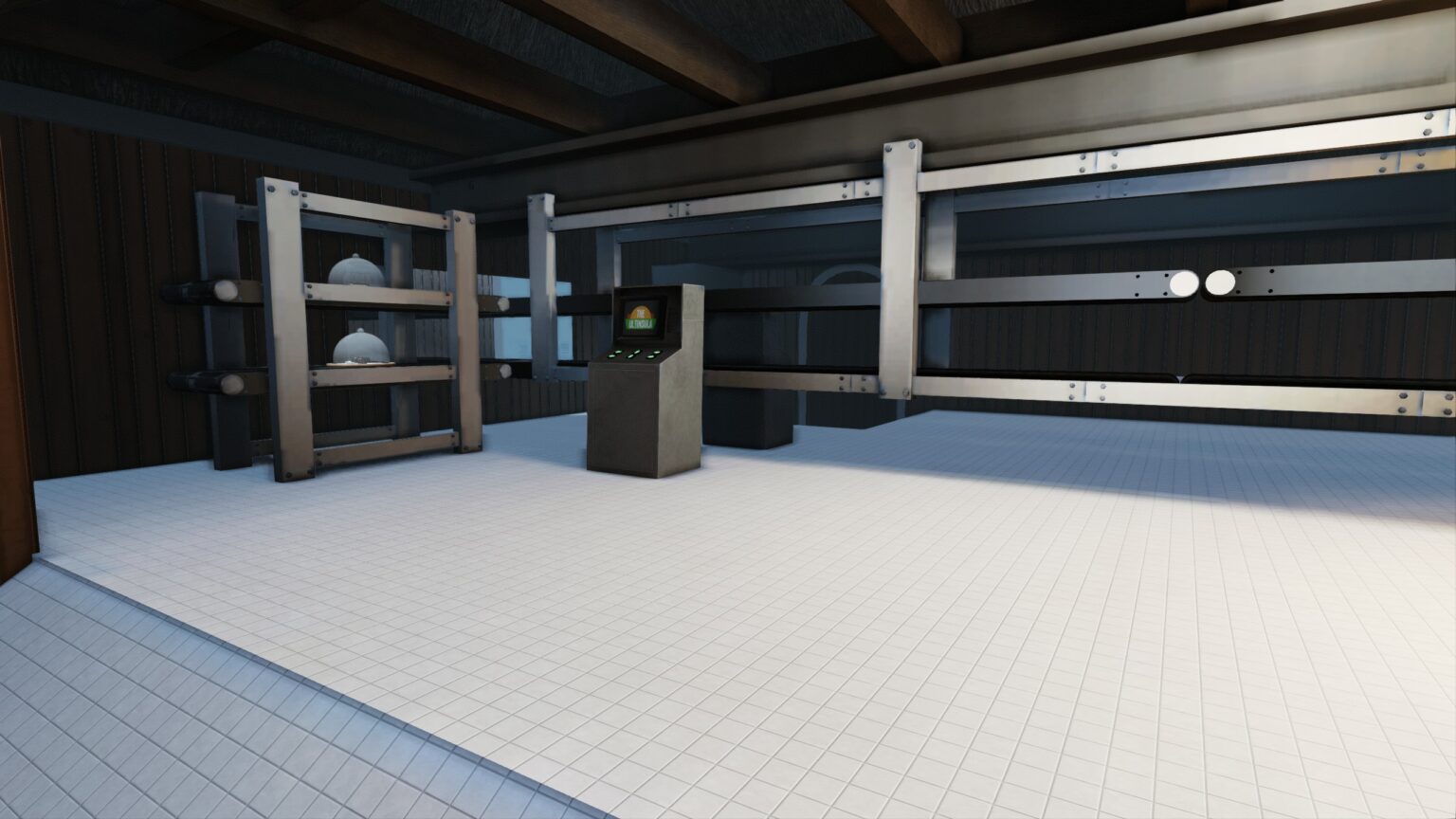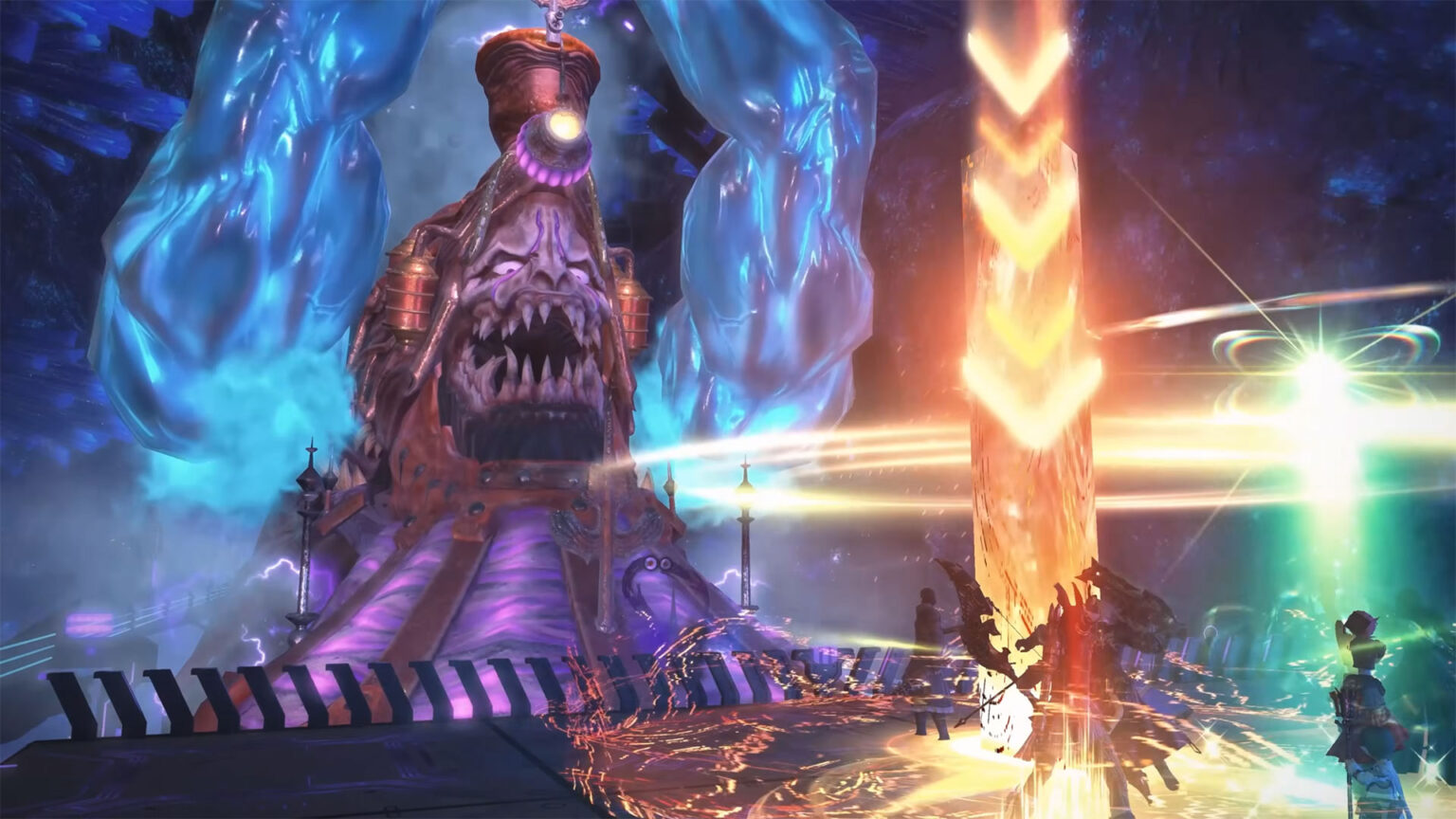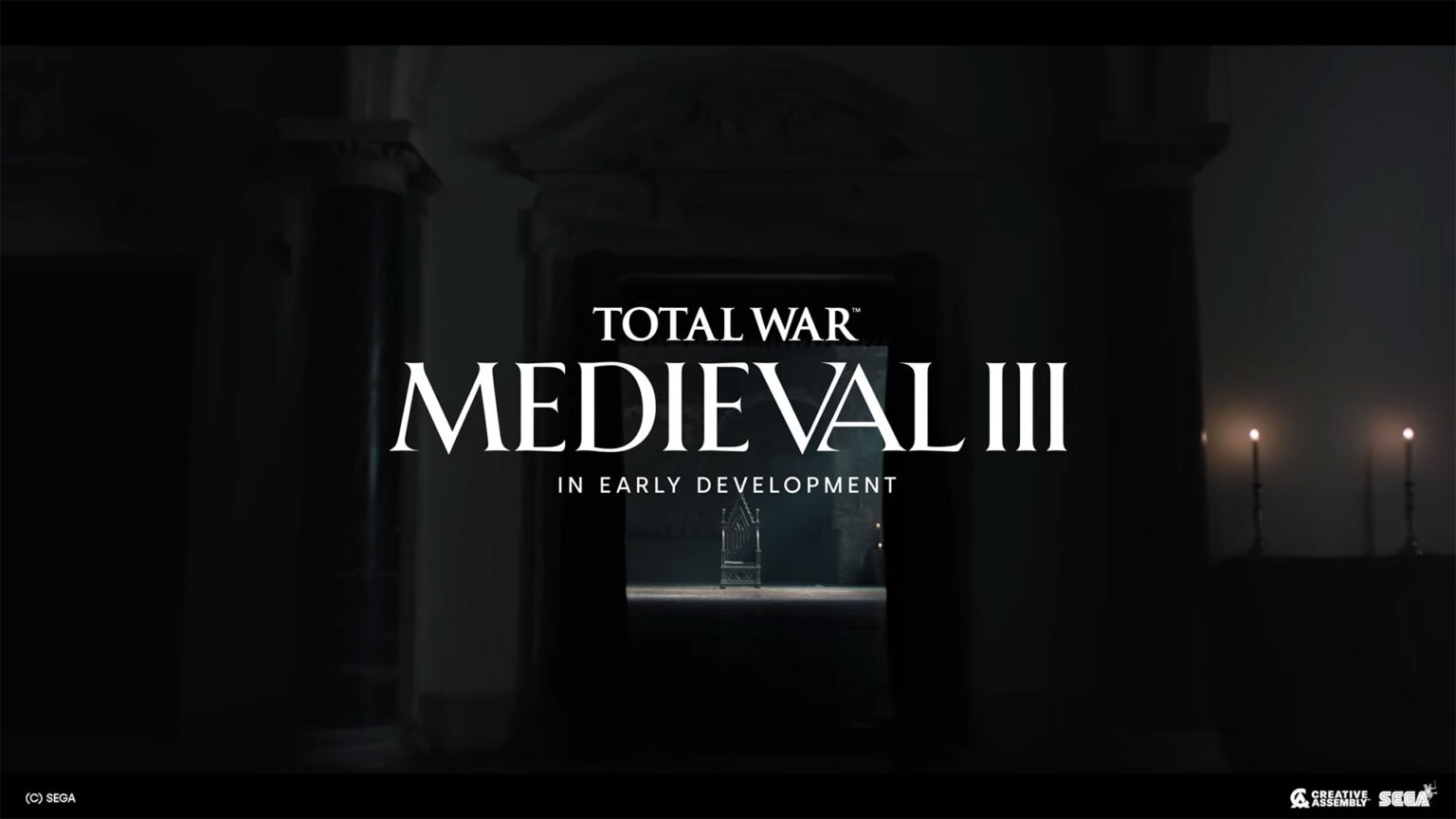In recent years, video games have expanded beyond typical genres like first-person shooters, role-playing games and real-time strategy games or even platforming action games. Developers and publishers are now willing to take the leap of blending genres together or exploring entirely new ones. In 2013, Fullbright released Gone Home, a controversial game that was highly acclaimed despite its lack of real gameplay. Billed as a first-person interactive story adventure, Gone Home may not have been the first of its kind, but it was arguably the first of the genre in recent years to grow in popularity, helping shine the spotlight on new segment of gaming that numerous indie developers now pay attention to.
At its core, Dream is a first-person interactive story adventure game, or as the gaming community likes to call it, a “walking simulator.” But developer HyperSloth injected “gameplay” into Dream by adding puzzles that need to be solved in order to progress through the story, akin to games like Myst. But with any game that has you spending the bulk of your time walking around and exploring with no other characters to interact with, it has to have an engrossing story to grab a hold of your attention and never let it go, even after the end credits roll.
Unfortunately that’s where Dream falls flat. The game starts off well enough drawing your curiosity, having you explore an empty home and interacting with objects that help give some background on the main character, Howard. You’ll quickly discover that Howard resides in his uncle’s home, Edward, who appears to be a world-renowned author that has passed away. Once you familiarize yourself with the home you’ll head to bed to enter the dream world, where the bulk of the game takes place.
Dream is broken up into three Acts with each one opening up after you complete the previous Act. The settings are quite varied and the game is just a joy to look at with subtle, yet impactful environments. In addition, Dream’s soundtrack composed and arranged by Normal Legies, is absolutely stunning and captures the mood of the game perfectly. Environments throughout your experience include a sandy desert to a snowy tundra (one actually replaces the other), a multi-level office building and a scenic resort that truly exists only in dreams.

Dream features some gorgeous scenery serving as eye candy throughout the game
As great as the soundtrack and graphics are, the controls are a tad bit clunky. Walking around isn’t troublesome on its own, but interacting with certain objects doesn’t always work as well as you’d expect. There are quite a few minor bugs throughout the game and we experienced “falling through the world” a couple of times. While those aren’t annoying enough to stop you from playing the game, it does just enough to break up the atmosphere that is so important in these types of games. It’s like a moment of disconnect that reminds you that you’re playing a game, rather than being entrenched in the world that HyperSloth has created, hoping that you’ll not only walk in Howard’s shoes, but think through his mind and react to everything that’s going on around him.
Perhaps the biggest flaw to Dream is that there isn’t enough captivating dialogue to draw you in right away, or ever. If you’ve played games like Gone Home and The Vanishing of Ethan Carter, the narrative that is introduced from the get-go grabs your attention and fights to maintain it. Dream on the other hand doesn’t drive home Howard’s inner dialogue and what goes on in his mind. Why does he dream what he dreams? What are these creations in the dreams and what role do they play in the grand scheme of things? Even when there is dialogue, the voice acting leaves a lot to be desired, but that’s understandable considering how small the team was that created Dream and as an indie developer, the team likely had to cut corners somewhere in its budget.

Ever wonder what it means when you come across a kitchen in your dreams?
As I played through Dream, the best thing I could compare it to was Lost — the television series. And that’s not because it also has a mysterious smoke monster that never has its origins explained. Throughout the game, Dream introduced more and more questions that you want answered, but hardly any of those answers ever come. It’s worth noting that the game is somewhat non-linear, in that you can explore freely and proceed through each independent Act in your own way, but you ultimately go towards one end. There are multiple endings to Dream and those that rush through the game will admittedly get an unfulfilling one.
Thankfully the experience isn’t all that bad. Dream is packed with some extremely fun-to-solve puzzles – the kind that gives you a sense of satisfaction for completing them, even though some of them are familiar. Upon completing each Act, you’ll enter into a “nightmare” sequence that draws inspiration from horror games and creates an atmosphere that will really have you wondering what’s going on. But with each positive, there’s a negative with Dream, as the nightmare sequences don’t do much in explaining more of Howard or the overall story, and some of it seems entirely out of place. In a way, it feels like HyperSloth added in horror elements for the sake of suspense rather than helping flesh out the story. It’s a shame really, because those nightmare sequences really grab your attention and you really hope that they’d explain more about Howard, but they ultimately do very little.

The best part of Dream: fun-to-solve puzzles
Overall, if you’re a fan of the first-person interactive story genre and love to solve puzzles, Dream is worth a look, especially at its price of $16.99. It won’t leave you satisfied at the end like The Vanishing of Ethan Carter does, or even Gone Home, as the story is simply the weakest point of the game. Everything in between is an enjoyable experience, albeit not a memorable one, and it’s just disappointing that you feel apathetic towards Howard throughout the game.
Dream is a game created by an indie team comprised of just three members and is quite the ambitious project for such a small team. While it hit high marks for its visually stunning environments and wonderful soundtrack, it falls a bit flat on building out a promising world of exploring lucid dreams.

To sum up the conveyor belt puzzle: (╯°□°)╯︵ ┻━┻
Playing through Dream is mostly relaxing with a dash of unnerving horror, and it’s quite clear that the team invested a lot of time in making sure the puzzles were perplexing and fulfilling. Unfortunately, as atmospheric and creative as Dream is, we feel like the story should have been its focal point and really wish HyperSloth made its character as memorable as the game’s environments. If you can look past a subpar story and want a laid back adventure game that will have your brain working, give it a go.
Dream Review – What We Liked
- Stunning atmospheres
- Lovely soundtrack
- Satisfying puzzles
- Creepy nightmare sequences – why did it have to be dolls?!
Dream Review – What Would Make it Better
- More captivating characters
- Fleshed out story
- Better controls























